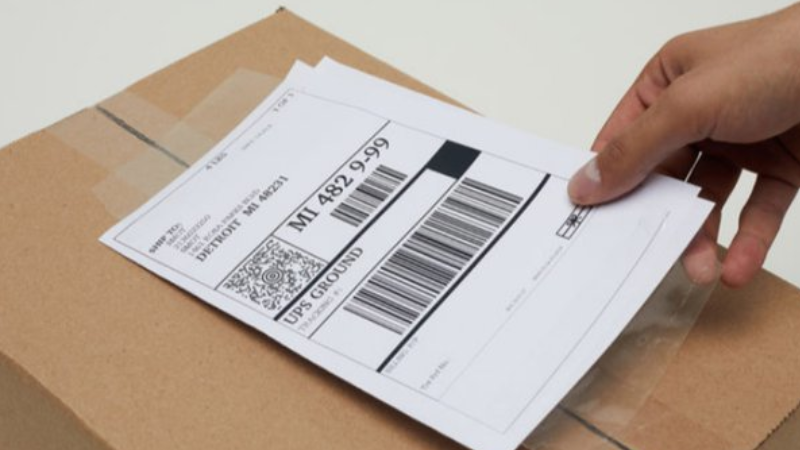Managing your finances can feel confusing at first. Whether you’re trying to cover basic needs, planning for a major purchase, or wondering if you can take on a loan, it’s normal to feel uncertain. But the truth is, you don’t need a degree or decades of experience to build control over your situation. You just need the right approach, some basic knowledge, and the willingness to take action. There are tools and guides available to help you make smarter choices, especially when it comes to borrowing. Some even show you what your monthly payment could look like before you apply. In this article we will explore the details about Beginner’s Guide to Money.
Here’s what you need to know about managing your finances:
Know Where Your Money Goes
The first step is understanding how you use your funds. Many people underestimate how much they spend until they track it. You can start by writing down every payment for a week. Yes, even the small ones, like coffee runs or parking fees. Then sort them into categories like essentials, flexible purchases, and unexpected costs.
This isn’t about judging yourself. It’s about creating visibility. When you know what’s coming in and what’s going out, you’re better prepared to make changes that stick. Apps can help, but a notebook or spreadsheet works too. The main goal is consistency, not perfection. Look back every week or two and see where you might cut back, adjust, or redirect.
Learn What You Can Afford Before You Borrow
Before applying for a loan, it’s important to understand how much you can comfortably manage each month. That means looking beyond the total borrowed and focusing on what it will cost you week to week or month to month.
One helpful approach is using online tools like a personal loan calculator, available at online platforms, that let you estimate your payment based on the loan amount, term length, and interest. They can offer a user-friendly interface where you can plug in details and compare scenarios, whether you plan to repay the balance quickly or over several years. You’ll see a breakdown of what each option might cost, making it easier to plan your next move.
Using this calculator allows you to visualize the potential payment before you apply. This can reduce surprises later and help you stay within your limits. It also builds confidence by giving you clear, practical answers, and not just numbers on a contract.
Build a Simple Budget That Works for You
A budget doesn’t need to be strict or complicated. It just needs to help you stay organized. One method that works well for beginners is the 50/30/20 rule. You put half of your income toward essentials like rent and groceries, 30% toward wants like dining or entertainment, and 20% toward savings or debt.
Not everyone fits into this exact split, and that’s okay. Adjust the percentages based on what feels right for your situation. The key is creating a framework that guides your decisions. Over time, it becomes easier to spot when you’re overspending in one area or need to shift focus. Keep the process as simple as possible. You don’t have to track every dollar forever, but just until it becomes a habit.
Separate Needs from Wants
Impulse buys add up fast. Streaming services, delivery apps, extra gadgets. It’s easy to justify them in the moment. But if you’re looking to take control of your spending, it helps to step back and ask: “Do I need this, or do I just want it right now?”
Needs include items that keep you going, like utilities or basic supplies. Wants are often about comfort or convenience. That doesn’t mean you should eliminate every non-essential. Instead, try to find a balance. Maybe limit delivery to once a week or rotate your subscriptions. When you get better at this distinction, budgeting becomes less stressful. You’ll make choices that feel more intentional rather than reactive.
Start an Emergency Fund — No Matter the Size
Unexpected costs happen. Car repairs, medical bills, or even a broken phone can throw off your routine. Having a backup helps you avoid using credit cards or borrowing under pressure.
You don’t need to set aside thousands right away. Even saving $5 or $10 a week adds up over time. Beginner’s Guide to Money key is to put this in a separate account so you’re less likely to dip into it for everyday use. Some people find it helpful to automate small transfers into their emergency stash. Others set visual goals, like reaching $100, then $500, and so on. Whatever your strategy, the important part is starting, even if it feels small.
Manage Debt With a Realistic Plan
Debt can feel overwhelming, but having a plan helps you stay in control. First, write down all current balances. Include credit cards, student loans, or anything else you’re repaying. List the totals, minimum payments, and interest for each.
Two popular methods can help: the snowball approach (where you pay off the smallest balance first) and the avalanche method (which focuses on the highest interest). Pick one that fits your mindset. Some people need quick wins to stay motivated, while others want to save more over time. There’s no perfect system, but only what works for you. The important thing is sticking to your plan and tracking progress every month. Visit more infomation worldusmagazine.
Understand How Credit Works
Your credit score affects more than just loan approvals. Beginner’s Guide to Money can influence where you live, what you pay for services, or even if you qualify for certain offers. That’s why it’s important to know what shapes your score.
Things like late payments, credit utilization, and account history all play a role. Even closing an old card might change your standing. If you’re unsure where to start, get a free credit report online. It won’t hurt your score, and it gives you insight into how lenders see you. To build better credit, aim to pay bills on time, avoid opening too many new accounts at once, and keep balances low. It takes time, but steady habits make a difference.
Taking control of your finances doesn’t mean making huge sacrifices or having everything figured out right away. Beginner’s Guide to Money about creating small, doable habits that fit into your life. You’ve learned how to track spending, plan for borrowing, build a budget, and set goals that matter to you. With the help of online calculators and tools, making better decisions becomes easier. Even if you’re starting fresh, there’s no need to wait for the “perfect” moment. The best thing you can do is begin. Then keep going, one step at a time.


